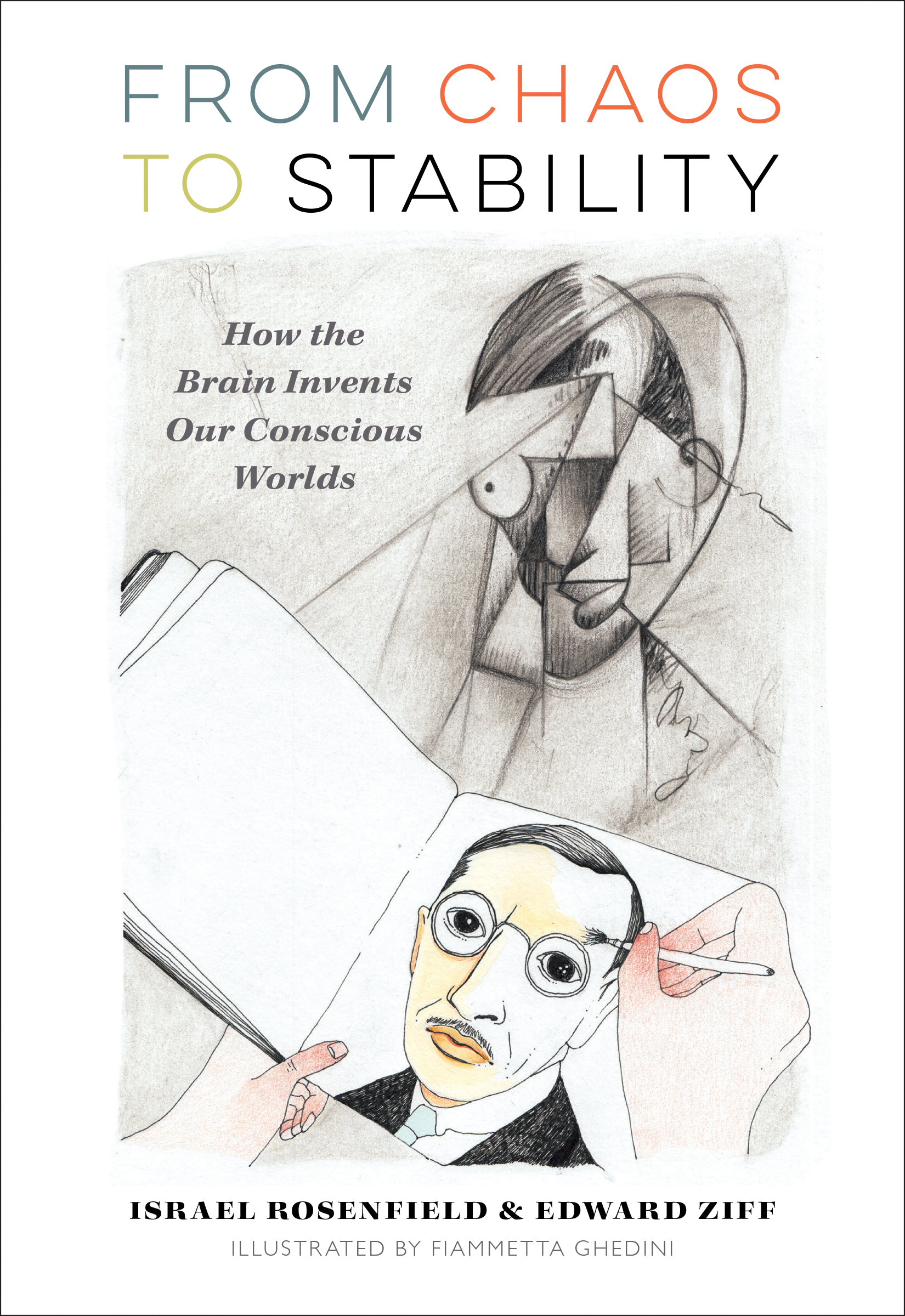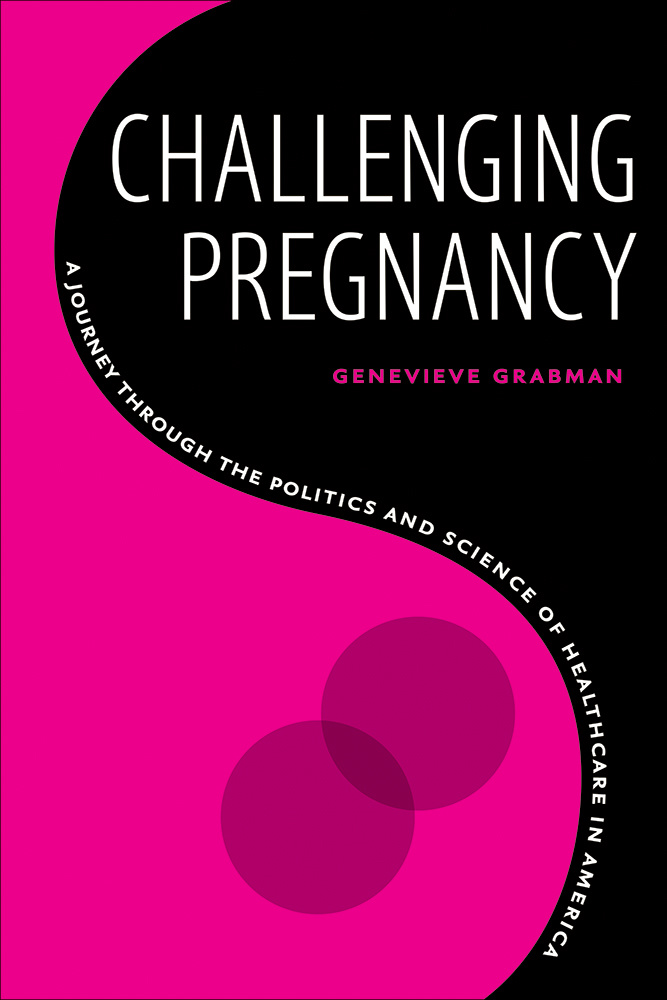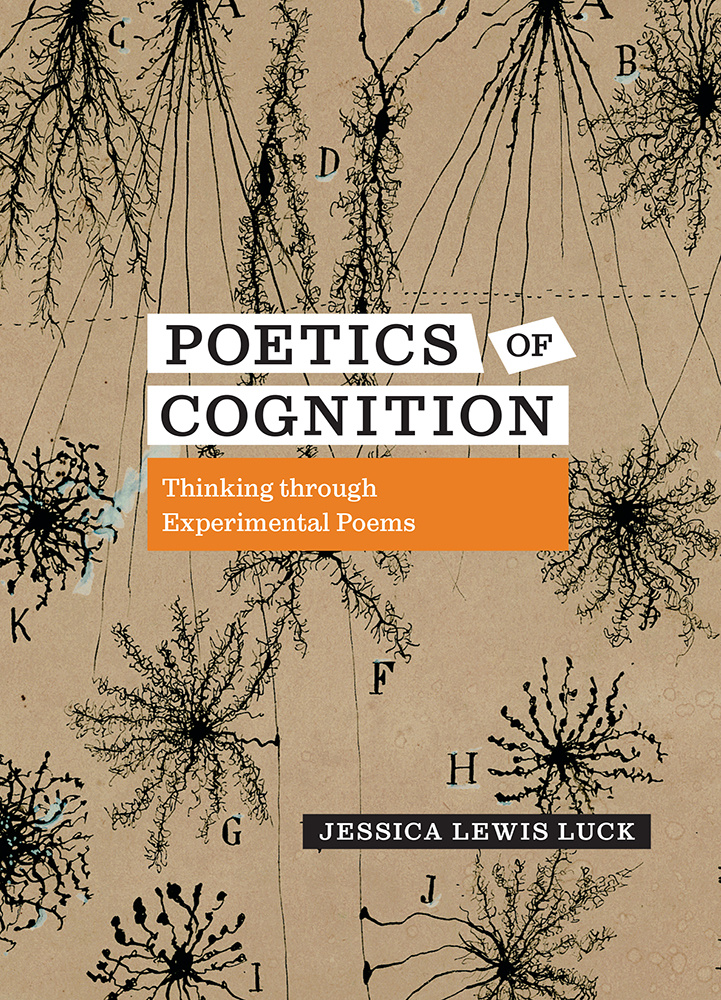At the heart of Israel Rosenfield and Edward Ziff ’s inquiry is the nature of brain function. The sensory world is disordered and chaotic. There are no labels for tables, chairs, or airplanes, and indeed there are no colors, sounds, or smells, only photons, airwaves, odorant molecules, and so on, which are unlabeled and impossible to “know.”
To make sense of this chaos, the brain must simplify the sensory inputs by creating, or inventing, the colors, sounds, smells, forms, and faces that are perceived in consciousness, which become a proxy for the chaotic world in which we live. The brain’s ability to generalize and categorize these invented perceptions, and to relate them to one another, enables it to form memories, which are not fixed representations of things past, but a dynamic and malleable function of the brain that is relational.
When formation of these worlds breaks down, neurological differences arise. Although the mechanisms that transform sensory chaos into the simplified perceptions experienced in consciousness remain elusive, Rosenfield and Ziff relate what they have learned by means of imaging brain activity and by mapping the neural circuits that comprise memory traces. In addition, the authors offer perspectives for future studies of consciousness.
“How do we make sense of the ‘blooming, buzzing confusion’ that exists in the world around us—the sight of trees, the sounds of birds, and the smell of our grandmother’s kitchen—and even store memories of those things? And what are the consequences when those processes breakdown? In From Chaos to Stability, Rosenfield and Ziff wonderfully work through the argument that sensory perception and memory is a creative, personalized, generative process of the brain to simplify and make sense of a complicated world. If a tree falls in the forest and no one is there, does it make a sound? No, argue the authors. Sounds, and other sensory perceptions, are the creation of the brain in the attempt to make sense of the different, dynamic forms of energy and matter with which we are surrounded. Some, but not all, of those experiences reach our consciousness and allow us to experience our lives within what appears to be a stable temporal and spatial flow. The book is written for a lay audience and sets the arguments within a rich overview of the history of these fundamental questions. For those wanting a more detailed understanding of some of the underlying science, there is an outstanding appendix that gives a brief background on the neuroscientific basis of the book’s main points. A very enjoyable read, including rich historical references and case studies on how the brain helps create our experienced lives and what happens when it fails to do so.”—Donald A. Wilson, coauthor, Learning to Smell: Olfactory Perception from Neurobiology to Behavior



